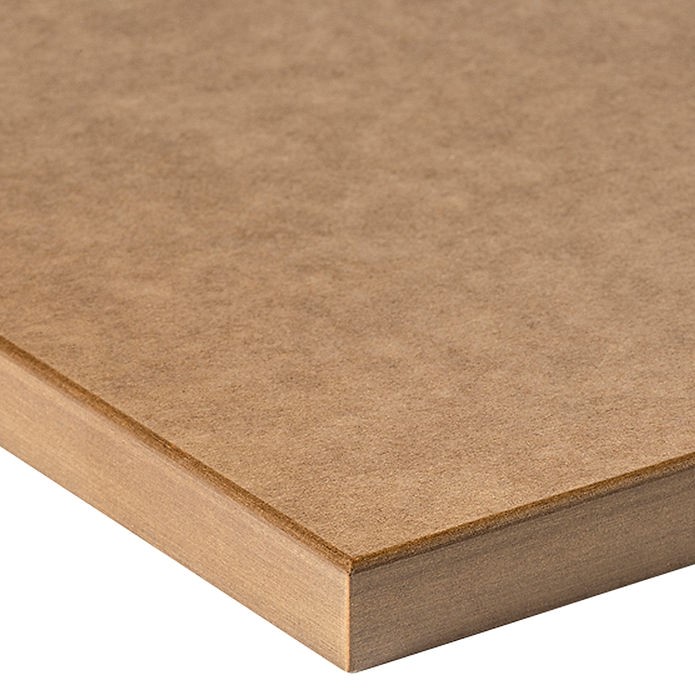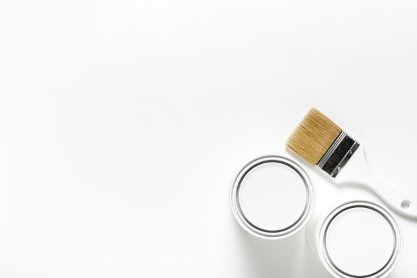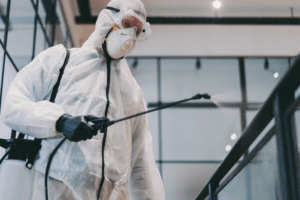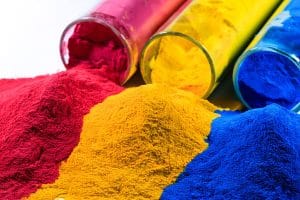With the constant growth of society, the construction sector is undergoing a continuous process of evolution. In this context, the industry works daily to develop new technologies and materials that not only promote sustainability but also provide durability and significant benefits in every project.
Some examples of these advances in the sector are:
Self-healing materials. These materials allow small cracks or superficial damages to be repaired automatically. Currently, standout developments refers to microcapsules polymers containing liquids that break when the material is damaged, releasing a liquid that hardens and fills the cracks. Similarity, we highlight the self-healing concrete in capsules that contains specific bacteria and nutrients for them. These bacteria activate as soon as they receive water and produce calcium carbonate that fills the generated cracks. Finally, studies have been presented regarding the development of “bioconcrete”, which involves incorporating an enzyme into the concrete powder before mixing and pouring the material. The latter aims to react with CO2 in the air, producing calcium carbonate crystals that can fill small cracks whenever they appear in the concrete.


Sustainable materials. The development and use of sustainable materials are increasing within the set of practices based on the reuse of resources and their proper management, integrating not only quality and long-term effectiveness but also innovative design. An example of these is the use of a composition of recycled paper and thermosetting resin that allows the production of sheets with properties equal to dense wood, which can be easily milled, sanded, and joined. Additionally, it is a waterproof and hygienic material with low moisture absorption, high heat and fire resistance that makes it versatile for both indoor and outdoor use. On the other hand, in the world of paints, sustainability has also knocked on the door through the development of ecological paints made with natural and biodegradable materials that are not harmful to people. In fact, at Colarquim you’ll find type I and type II paints made with raw materials of mineral origin and without volatile organic compounds (VOC)!
Passive cooling on facades. The development and use of extremely white paints increases every day, as they enhance the reflectance of solar rays due to their components. In addition to their use in building cooling, these paints can also prevent from overheating the exterior electrical systems.


Similarly, another technology that has been developed around reducing temperatures inside buildings is “hydroceramics”. This new construction material combines traditional ceramics with a type of hydrogel, allowing spaces built with bricks incorporating this technology to be cooled. The above guarantees more sustainable and environmentally friendly constructions as there is no need for cooling systems, which currently generate large amounts of CO2.2, would not be necessary.
Bonus track. In Colarquim we already have a paint in our portfolio that reduces the thermal sensation inside buildings! Contact us for more information!
If you have any questions or require more information, you can contact the main office in Barranquilla, Atlántico at +57 (5) 377 30 10 or by e-mail servicioalclientebq@colarquim.com
Author: Laboratory Team | February 29, 2024.


